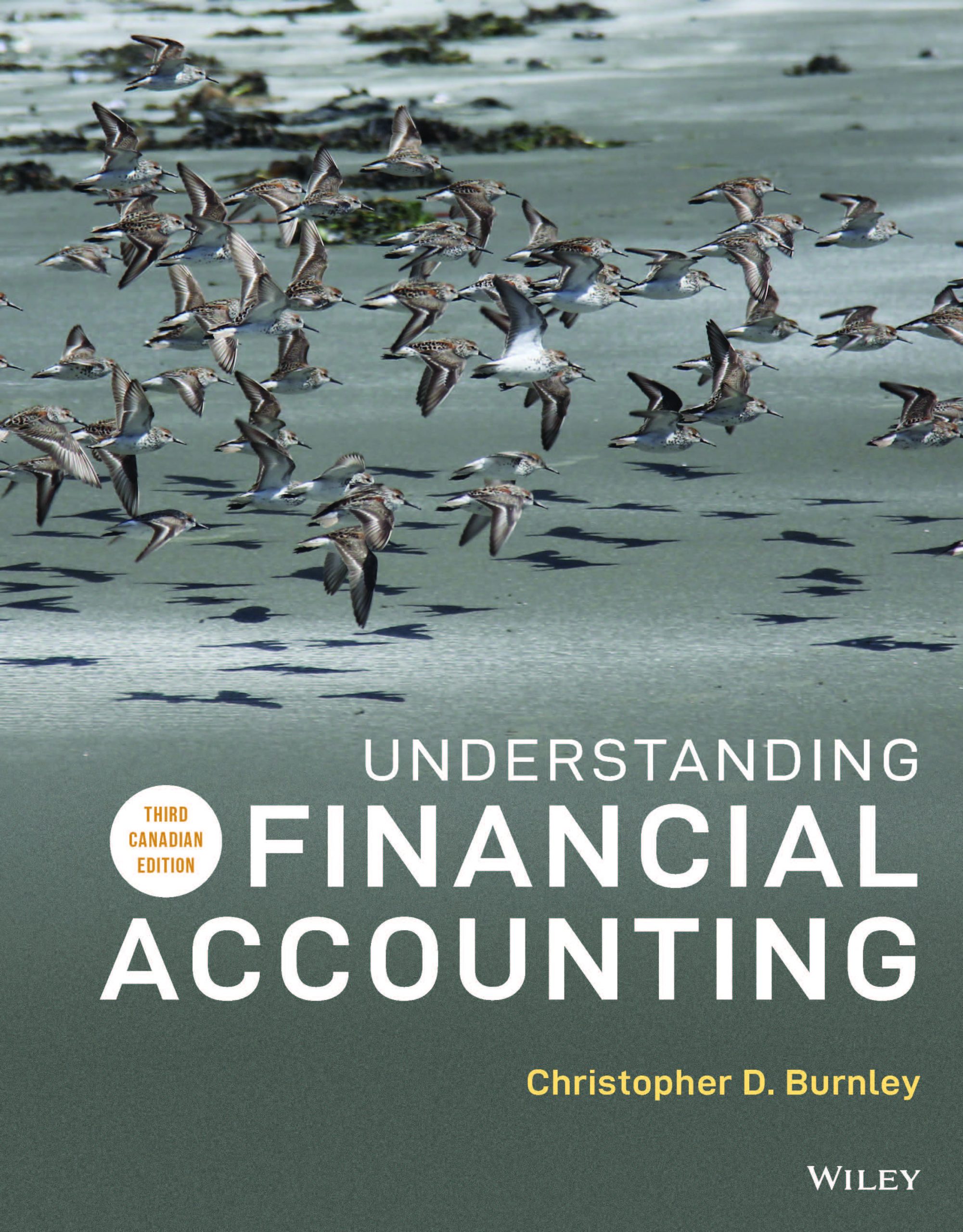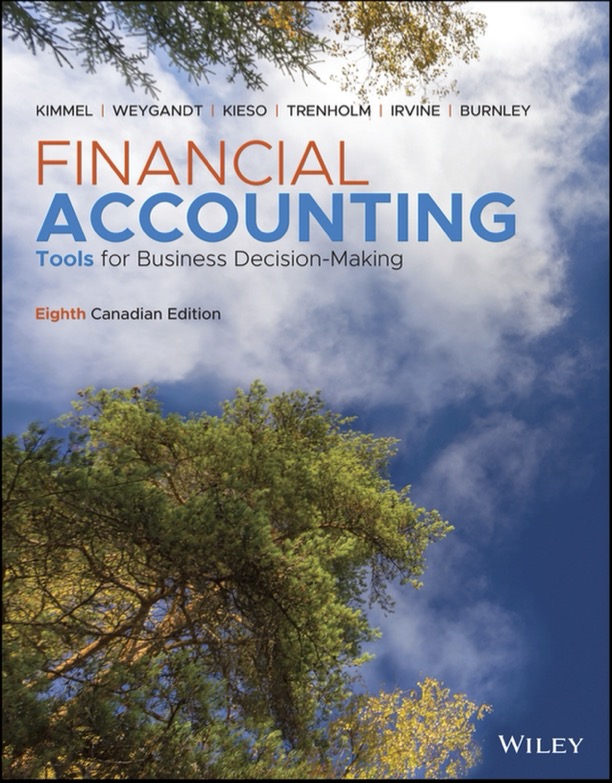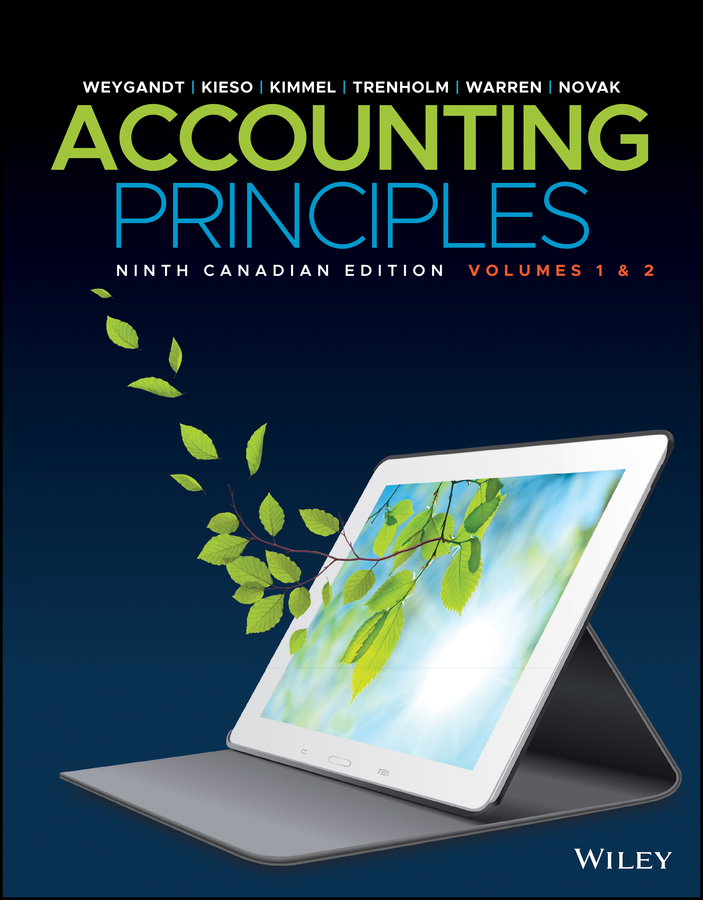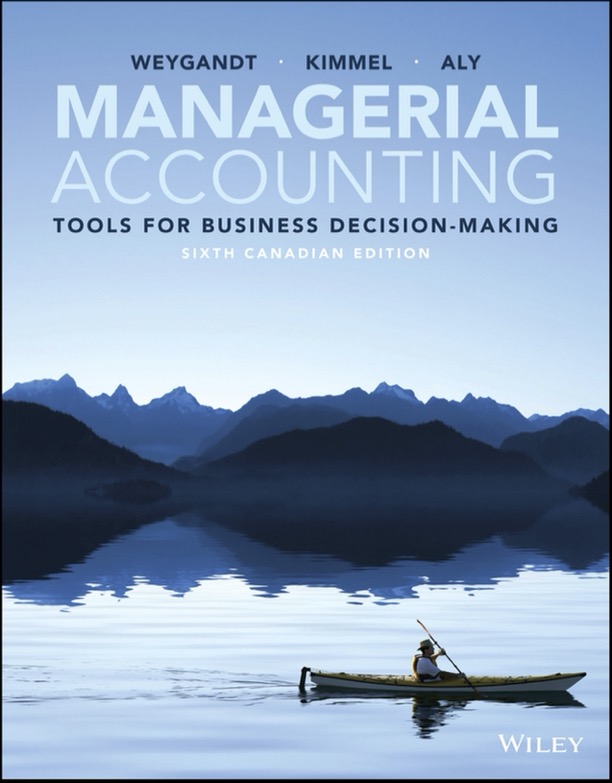Technology for Performance Measurement
Performance Management and reporting is critical for every organization whether small or large, Private or Public. It’s also the source of many questions and assignments we work on in assisting our clients.
There is little doubt that leveraging technology to help deliver
an organization’s performance measurement framework can be very beneficial. Technology can automate many manual processes including the transfer, reconciliation and reporting of data so that more time can be devoted to providing value added analytics on the information that is produced. In order to enhance the benefits of utilizing technology for a performance measurement program, an organization should employ the following four steps when undertaking this initiative:
1. Identify data requirements and potential source applications
Once the organization has decided what it is going to measure, the key first step in leveraging technology is understanding what data is needed to produce the measure and where this data will come from. An example is where an organization decides that it needs to measure customer profitability in order to determine the cost to service a customer. In order to produce this
information the organization will need margin visibility for all customers by
brand and channel.
2. Develop Conceptual Data Model
It is useful to develop a conceptual data model (CDM) once you have determined what data you need and where you will get it from. The CDM creates a single, high level view of the performance measure that you are trying to capture. This can be done in a strategy session with key
stakeholders to understand key concepts, definitions and data sources/flow.
3. Conduct Data Quality Assessment
Data quality can prove to be one of the most significant obstacles to completing a technology implementation for performance measurement on time. It is usually during an implementation that an organization will discover that their data is of poor quality and the underlying reason why the organization spends so much time reconciling data rather than performing value added analysis. One cause of poor data quality lies in the entry of data into the system. For example, if an employee is entering a labour expense which should be an entry into direct cost, but instead they enter the transaction into salaries & wages, this will inevitably change gross margin
calculations. In some cases, the data may not be poor, but it is just not structured in a way that the system requires in order to produce the desired reporting.
4. Gap Analysis
Once the above steps are completed, the organization should conduct a rigorous gap analysis to understand, from a technology perspective, where you are now versus where you need to go in order to deliver the desired
information.
Myth:
One of the biggest business myths is that having more data will automatically improve performance. As a result, executives are drowning in a sea of data, when what they really need is useful information and great insight.
Conclusion:
Information is only useful if it helps you make better decisions. By aligning your key performance indicators with the strategic objectives, you create a
foundation for better performance management, competitive intelligence and effective decision making.
Discussion Questions:
1.Do you agree that too much information is not necessarily good?
2. How should a company determine Key Information?
3. What Key information would you need to manage RIM? Click on RIM for more information.
Read the complete article from KPMG: Finance Function Insights










